Basic maintenance
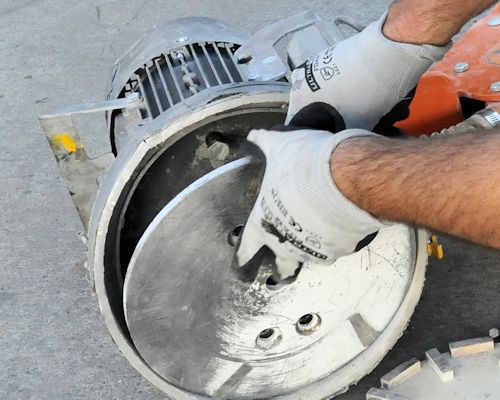 Audio for slide 1 (mp3 |6|KB)
Audio for slide 1 (mp3 |6|KB)
For repairs and more advanced service procedures, you should always take the machine to an authorised repairer or give it to your company's maintenance officer.
The operator maintenance schedule for your machine will be listed in the manufacturer's manual.

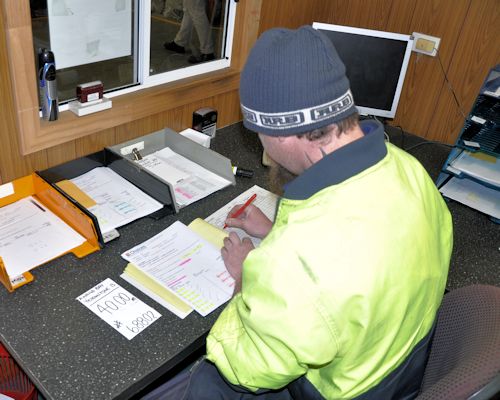 Audio for slide 2 (mp3 |6|KB)
Audio for slide 2 (mp3 |6|KB)
Below are the sorts of things you need to do to keep your grinding equipment in good order.
Note that these procedures are simply examples - you should always refer to your own checklists or the manufacturer's maintenance schedules for the machine you're using, because every machine has its own characteristics.

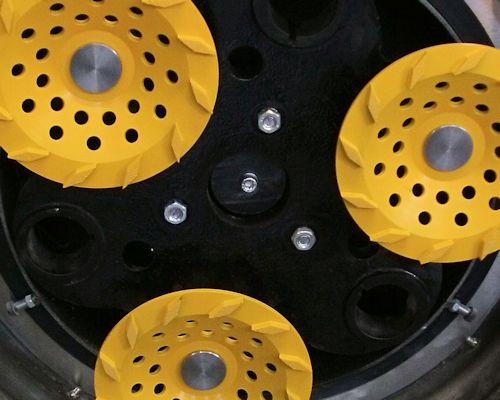 Audio for slide 3 (mp3 |6|KB)
Audio for slide 3 (mp3 |6|KB)
Grinding machine
Before each use:
- Check that the heads are tightly fixed to the shafts and there is no free play or 'slop'. Some operators use Locktite (a thread locking compound) on the nuts to ensure that they don't work loose.
On a weekly basis, or at regular intervals:
- For planetary heads - remove the head and check the chain links and drive sprocket for wear. Also clean out dust from behind the head and in the drive links while the head is removed.

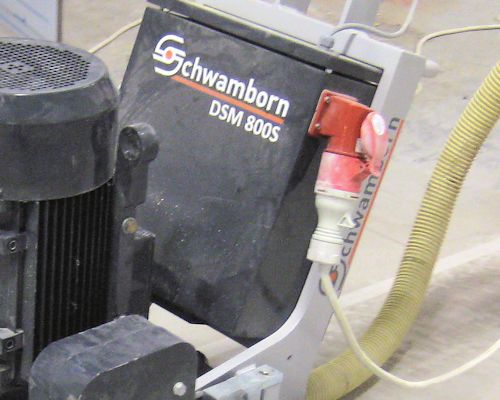 Audio for slide 4 (mp3 |6|KB)
Audio for slide 4 (mp3 |6|KB)
Every two months, or periodically:
- Blow out the inside of the electrical cabinet and drive linkages with dry compressed air.
Every six months, or occasionally:
- Inspect the internal components of the machine, including drive belts, and remove dust, belt fragments and moisture. Note that the cover plate may require resealing with a silicone sealant.

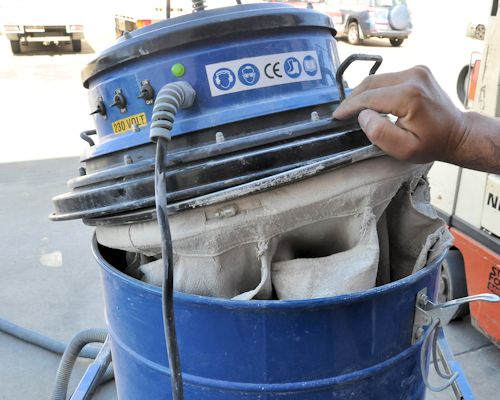 Audio for slide 5 (mp3 |6|KB)
Audio for slide 5 (mp3 |6|KB)
Dust extractor
The size and type of the dust collection system you use will be matched to the grinding machine you're operating.
Some dust extractors have automatic filter cleaning systems. Others need to be cleaned manually.
It's very important that you inspect the filter regularly and check that it is in good condition and working properly.
The manufacturer's manual will set out the inspection procedure and what to look for.

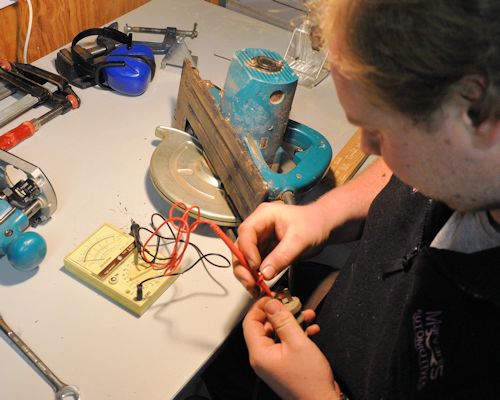 Audio for slide 6 (mp3 |6|KB)
Audio for slide 6 (mp3 |6|KB)
Testing and tagging
All electrical tools used at work need to be tested and tagged every three months by an authorised person.
The test is designed to ensure that the tools are safe and not likely to cause a fire or electric shock.
Make sure the grinder's tag stays up to date. If you don't, you may find that an on-site safety officer tells you to take the machine away and have it tested before you're allowed to use it.
It is also a WorkCover offence to have tools on building sites that aren't properly tested and tagged.


Learning activity
Audio 7 (mp3 |6|KB)Does your company have a maintenance checklist that you need to complete before operating the grinder?
It may be called a different name or be built into another form, such as an SOP or pre-start checklist.
- What maintenance procedures are you responsible for? List the procedures and state how often you're required to carry them out.





